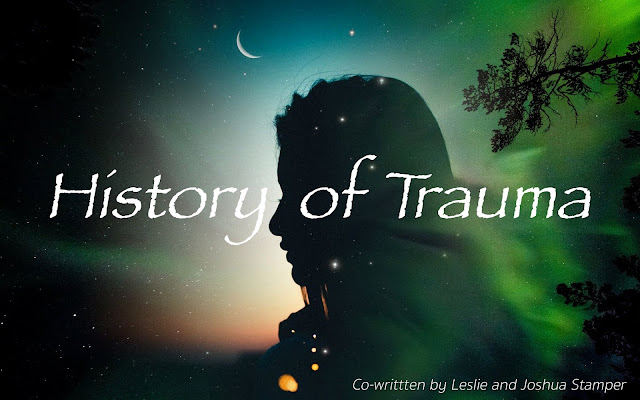History of Trauma

In this blog series, Leslie and Joshua Stamper have taken a deeper look at essential aspects of trauma informed practices, Trust Based Relationship Interventions, and Restorative Practices from the perspective of a parent and a school administrator. You can find our previous posts here: In the Face of Trauma and The Language of Behavior . Josh and I (Leslie) are parents to five wonderful children. We were also foster parents for five years. One of the greater challenges in raising children with a history of trauma is understanding the motivation behind behaviors. Specifically, realizing that behaviors are the result of emotional dysregulation and not necessarily willful disobedience. Without a relationship built upon trust, which takes time and consistent connection, children who have a history of trauma may not have the tools and awareness to regulate themselves, which means the behaviors we see are not willful disobedience. The groundwork of TBRI ( Trust-Based Relational Interv...

